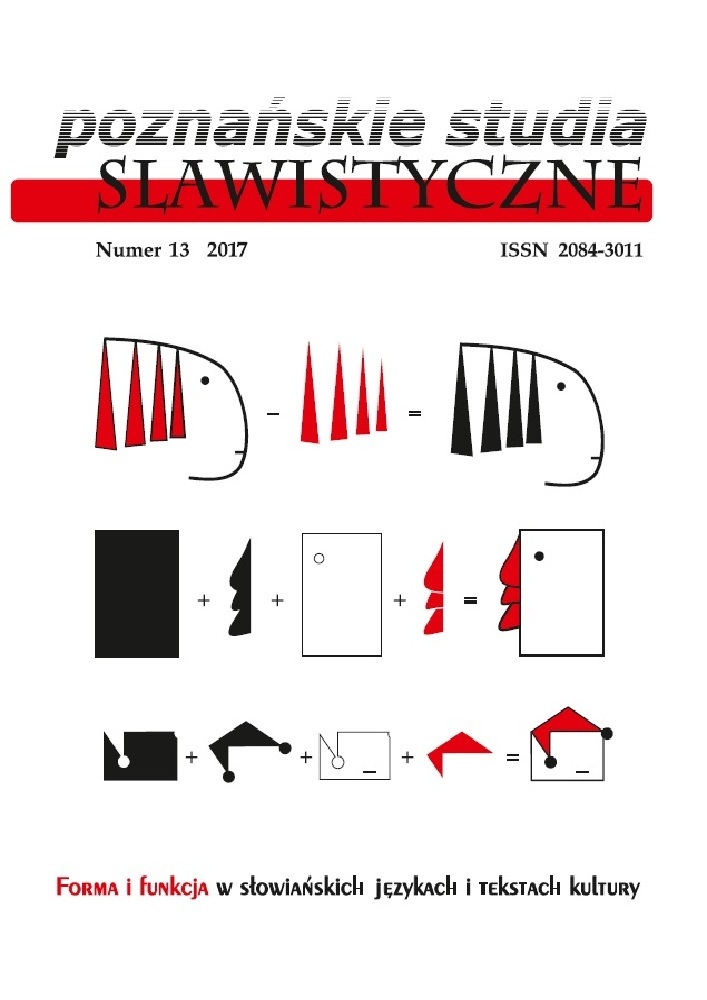Abstrakt
The focus on the structural and semantic role of time is one of the key features of modernist cinema in the period after the Second World War. Modernist filmmakers experiment with means of aesthetic expression, such as montage, mise-en-scène, camera work, which define the story time and consequently make time the subject of film story. Concert (1954) directed by Branko Belan initiates the modernist experiment with time in the Croatian feature film. Belan achieves a radical temporal discontinuity and the condensation of time thanks to extensive ellipses, expanded flashback, deep space composition, variable narrative perspective, variable position of the characters in the story and genre hybridity. In this way he specifies two dimensions of time – historical and personal. In Concert historical time does not always affect personal time that can be subjected to fate. By that means the director contests the communist belief in the positive impact of historical changes on the life of an individual.Bibliografia
Bordwell, D., Thompson, K. (2010). Film Art. Sztuka filmowa. Wprowadzenie. Przeł. B. Rosińska. Warszawa: Wydawnictwo Wojciech Marzec.
Deleuze, G. (2008). Kino. 1. Obraz-ruch. 2. Obraz-czas. Przeł. J. Margański. Gdańsk: słowo/obraz terytoria.
Donat, B. (2007). Krugovaši u Belanovu Koncertu. „Vijenac”, nr 358. http://www.matica.hr/vijenac/358/KRUGOVASIUBELANOVUKONCERTU/. 26.05.2016.
Gilić, N. (2006). Recepcija Koncerta Branka Belana. Moderna mitologija napretka kao kriterij vrednovanja. W: Komparativna povijest hrvatske književnosti. Zbornik radova VIII. (Hrvatska književnost prema europskim, emisija i recepcija 1940–1970.). Red. C. Pavlović, V. Glunčić-Bužančić. Split: Književni krug, s. 224–238.
Gilić, N. (2011). Uvod u povijest hrvatskog igranog filma. Zagreb: Leykam international.
Gojun, V. (2002). Elipse i njihova retoričnost u filmu Koncert Branka Belana. „Hrvatski filmski ljetopis”, nr 29, s. 181–186.
Kovács, A.B. (2007). Screening Modernism. European Art Cinema, 1950–1980. Chicago: The University of Chicago Press.
https://doi.org/10.7208/chicago/9780226451664.001.0001
Martin-Jones, D. (2006). Deleuze, Cinema and National Identity. Narrative Time in National Contexts. Edinburgh: University Press.
Płażewski, J. (1982). Język filmu. Warszawa: Wydawnictwa Artystyczne i Filmowe.
Šakić, T. (2004). Hrvatski film klasičnog razdoblja: ideologizirani filmski diskurz i modeli otklona. „Hrvatski filmski ljetopis”, nr 38, s. 6–34.
Šakić, T. (2006). Koncert: scenarij Vladana Desnice i film Branka Belana. „Književna republika”, nr 3–4, s. 88–97.
Šakić, T. (2009). Gromoglasni šapat. W: T. Čegir, J. Marušić, T. Šakić. Hrvatski filmski redatelji I. Zagreb: Hrvatski filmski savez, s. 65–71.
Šakić, T. (2013). Hrvatski igrani film 1950-ih između klasičnog stila i ranoga modernizma. W: 60 godina igranoga filma u Puli i hrvatski film. Zbornik radova. Red. N. Gilić, Z. Vidačković. Zagreb: Matica hrvatska, s. 29–56.
Turković, H. (1988). Važnost pozadine kadra. W: H. Turković. Razumijevanje filma. Ogledi iz teorije filma. Zagreb: Grafički zavod Hrvatske, s. 39–40.
Turković, H. (2005). Vrednovateljski obrat: recepcija Koncerta nekoć i danas. W: H. Turković. Film: zabava, žanr, stil. Rasprave. Zagreb: Hrvatski filmski savez, s. 281–321.
Zeic-Piskorska, M. (1986). Istota czasu filmowego – wstępne propozycje i ustalenia. W: Zagadnienia interpretacji dzieła filmowego. „Studia Filmoznawcze”, nr V. Red. J. Trzynadlowski. Wrocław: Wydawnictwo Uniwersytetu Wrocławskiego, s. 147–160.
Licencja

Utwór dostępny jest na licencji Creative Commons Uznanie autorstwa – Bez utworów zależnych 4.0 Międzynarodowe.
